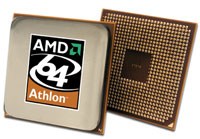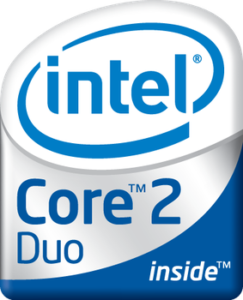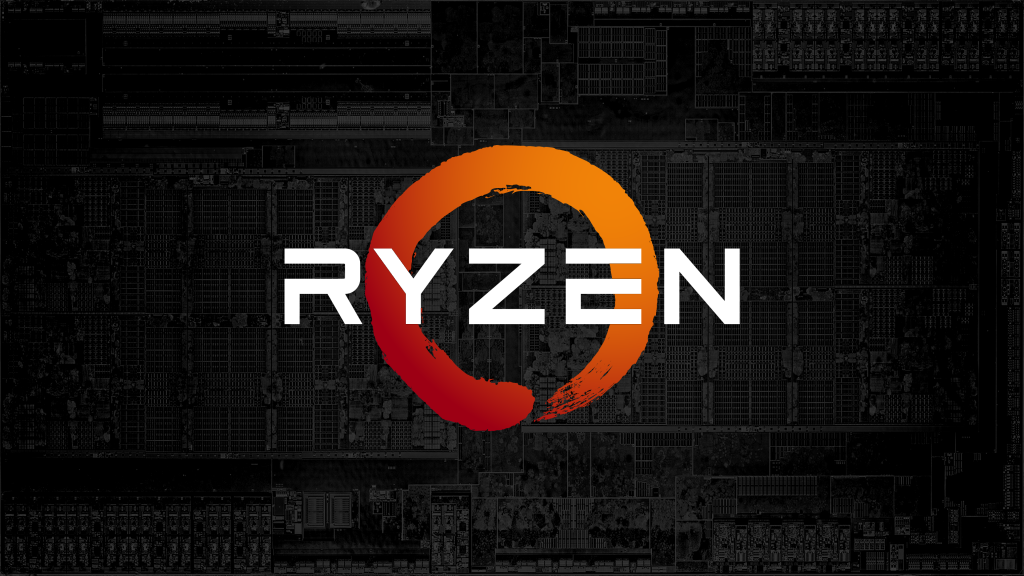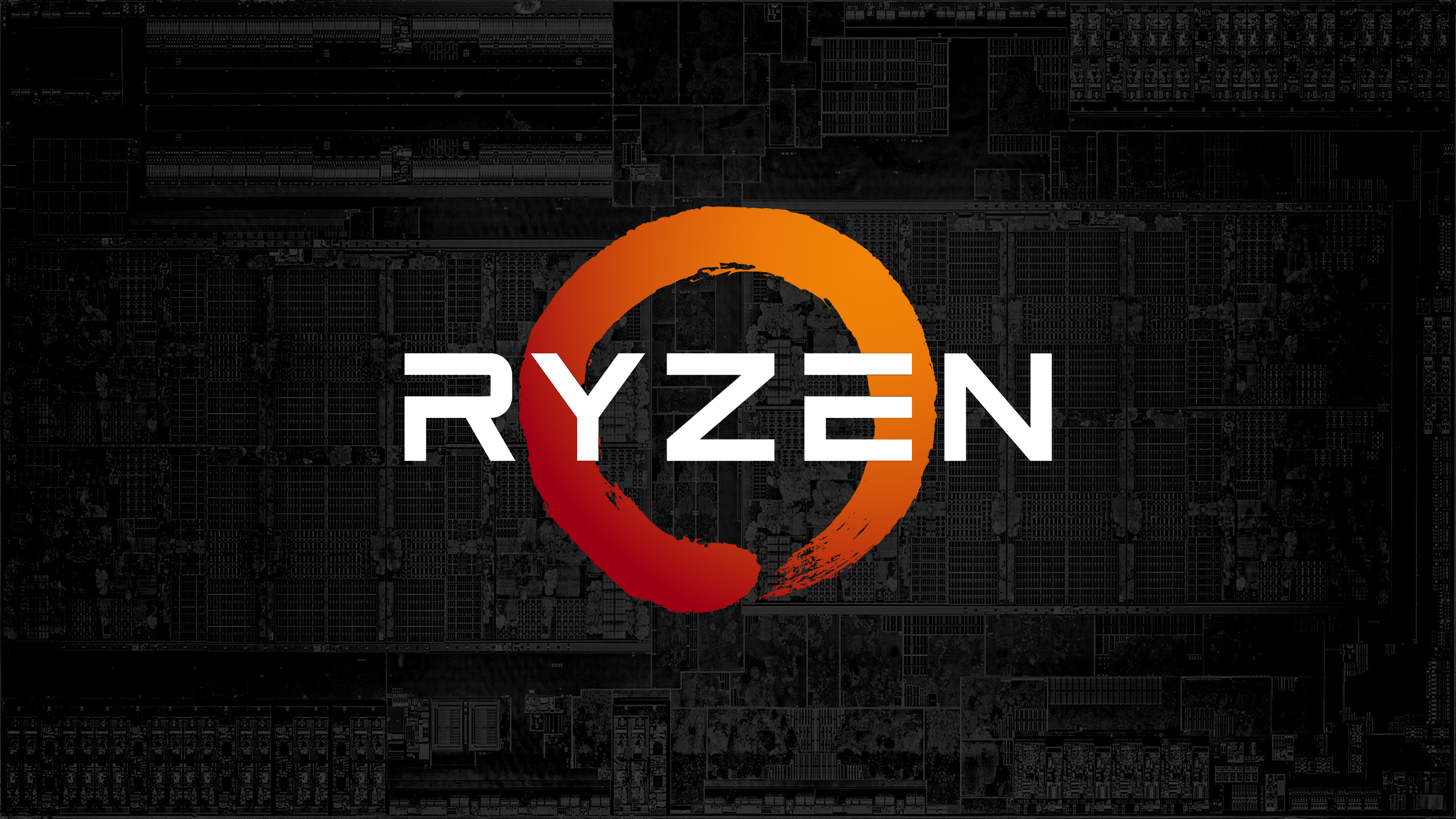After 10 years of absolute domination by its rival Intel, AMD is finally getting its head above water thanks to its Ryzen architecture. What has happened in all that time? Why and how is Ryzen changing the game?
Early 2000: AMD's golden age

We need to go back a long way to recall a time when AMD processors were widely and unhesitatingly recommended... From 2000 until 2006, the arrival of the AMD64 architecture marked a kind of golden age for AMD and its 'Athlons'. At the time, it was almost shameful - especially for gaming - to buy Intel hardware, which was expensive and struggled to cope with its Pentium 4, which consumed a lot of power and ran very hot (up to more than 100 watts).
The start of multi-core processors
In the early 2000s, CPUs of course only had one core and were engraved in 130 nanometres (compared with less than 10nm recently), and the race for ever higher frequencies was showing its limits: It heats up too much.
In 2005, AMD brought out the Opteron, multi-core processors for servers, making it possible to increase total computing power without needing to increase frequency. The 'Athlon 64 X2' quickly followed, as did Intel's good old 'Pentium D' and its legendary heat.
To take advantage of multiple cores, however, programs have to be rewritten, which takes time, and at the time, the value of multi-core was debated... Until the release of the Core 2 Duo, which changed all that.
2006: AMD 10 feet under

In 2006, the famous "Conroe" also known as "Core 2 Duo", in particular the E6300, E6400, E6500, engraved in 65nm, marked the end of AMD's reign. These processors offer identical performance at a similar or lower price than AMD, with lower power consumption, less heat, and above all exceptional overclocking potential.
AMD was buried for 10 years.
Every Intel CPU release has been a huge slap in the face, a sledgehammer to AMD's back.
- 2007: Core 2 Quad 65nm: BIM! Q6600 and Q6700, 2x more powerful than the Core 2 Duo with controlled power consumption, decent overclocking potential, a beast of productivity.
- 2008: Core 2 Quad 45nm: BAM! Q9450 and others, less power consumption, more frequency...
- 2010: 32nm Core I7: BOOM! We all remember the I7 970: a leap in performance per Mhz, an increase in frequency
- 2011: Sandy Bridge 32nm: PATATRAC! 2500K and 2600K, frequency leap, outstanding overclocking capability...
After all, Intel has been dominating the market for 5 years now without AMD releasing a single remarkable product... AMD is no longer even an option for enthusiasts.
The Intel release
The first signs of the lack of competition are now being seriously felt by Intel :
- From 2011, with its 2000 series, i.e. the 'Sandy Bridge' architecture, Intel is blocking overclocking for 'K' series processors only, forcing users to pay more for uncertain performance gains.
- Also in 2011, AMD released Bulldozer, which was eagerly awaited to relaunch AMD after 5 years of being out of date. Unfortunately, the flagship of the range, an 8-core CPU, did not stand up to the test in terms of performance per core, total performance or power consumption, and failed to win over customers.
- In 2012, for the first time, Intel's 3000 series processors, aka 'Ivy Bridge', did not really excite with their performance gains or innovation. Minor changes were made, but they were not at all worth the switch to the new architecture. What's more, and this is surely the worst thing Intel has ever done, from Ivy Bridge onwards, Intel no longer soldered the IHS (Integrated Heat Spreader) to the die of the processor and used thermal paste instead: this resulted in much greater heating and therefore noisier PCs, which overclock less; worse still, which dried out over time, significantly reducing the lifespan of the CPU.
- In 2014, with the 5000 series, Intel, which had still not won anyone over with the 4000 series, decided to create a separate, top-of-the-range, very expensive segment, which once again did not interest many people, but simply allowed the brand to say that it had the biggest...
- In 2015-2016, with the 6000 and 7000 series, Intel is only quietly optimising its architecture, reducing its engraving finesse and increasing frequency, but there is no spectacular leap in performance.
The result of 10 years of market domination by Intel
- The vast majority of CPUs sold still have 4 cores, sometimes 6 for the top of the range, and nothing interesting or spectacular is to be seen.
- The gain in performance is marginal from one generation to the next, even though the output rate is high, segmentation (the number of models in each generation) is also very high and each new generation or almost every new generation means a change of motherboard...
- Intel still has the indecency to put bloody thermal paste between its IHS and its die, forcing demanding users to open the CPU and put in liquid metal, thereby risking breaking their hardware and losing their warranty to improve the system.
- There are no longer any heat sinks supplied with the CPUs, or else they are of really poor quality (noise, temperatures).
- Overclockable CPUs are segmented, and therefore more expensive.
- CPUs with hyperthreading are segmented, and therefore more expensive.
Overall, after the 2600K, Intel has in some ways innovated more in terms of commercial strategies than actual performance, to the extent that the performance gain between an overclocked 2600K and a 7600K is not insane at all, and we sometimes wonder whether it's still worth upgrading a 2011 CPU to a 2017 one, especially for those with an average workload, who don't play games or who don't play much, or who aim to achieve 60 FPS...
Ryzen: AMD's Zen comeback

It wasn't until March 2017, when everyone was starting to get their fill of Intel's commercial policy, that after 10 years of being trampled underfoot, AMD finally exploded the anthill with the release of its 'Zen' architecture, leading to 'Ryzen' processors.
The brand's flagship models, the 1600X, 1700X and 1800X, as well as the entry-level models, show their full potential.
Ryzen's strengths :
- Unbeatable value for money in terms of productivity and very decent value for money in terms of gaming
- 4, 6 and up to 8 cores on a consumer platform and 24 cores on the "Enthusiast" platform released at the same time
- Total performance, but also performance per Mhz - i.e. per heartbeat - is perfectly acceptable.
- An IHS welded together (in your Intel teeth!)
- Motherboards less expensive than Intel, with the same functionality
- The entire range, overclockable and with Hyper Threading (BIM! Intel)
- Guaranteed CPU socket support for several years (That's a change!)
- Decent processor cooling supplied as standard
In short, with this move, AMD seems to be on the side of consumers, which can only encourage excellent communication and buyer support.
However, the first series are not perfect: for example, there are a few problems with support for high-frequency RAM, or limited overclocking capacity... We can also see that the architecture struggles a little with some memory bottlenecks.
Intel also remains - by a small margin - number one in video games when it comes to very high framerates, thanks to its superior power per core.
But despite this, AMD is doing very well with both content creators and gamers, and is making a strong comeback in terms of market share.
"Zen+" hits the nail on the head
Lower power consumption, higher frequencies, greater stability: the release of the Ryzen 2000 series, in particular the 2600X and 2700X, and the new, slightly revised motherboards rightly increases the general level of confidence in Ryzen.
Intel is responding with its 9700K, an 8-core 'consumer' CPU that peaks at a higher frequency than AMD, offering slightly better performance, but at a price that some will consider prohibitive since it is quite simply double the price of competing products from AMD.
And there's more to come...
AMD has announced the release of its 7nm Ryzen 3000s in mid-2019.
For the time being, it's just a question of information leaks As far as this generation is concerned, we're nonetheless confidently expecting higher frequencies, a 6-core entry-level product and a top-of-the-range product with 12 or even 16 cores on the consumer platform, all at a moderate price... So there's no need to get bored with future releases, and we're keeping up our enthusiasm for this renewed competition on the desktop CPU market.


Leave a Reply
You must be logged in to post a comment.